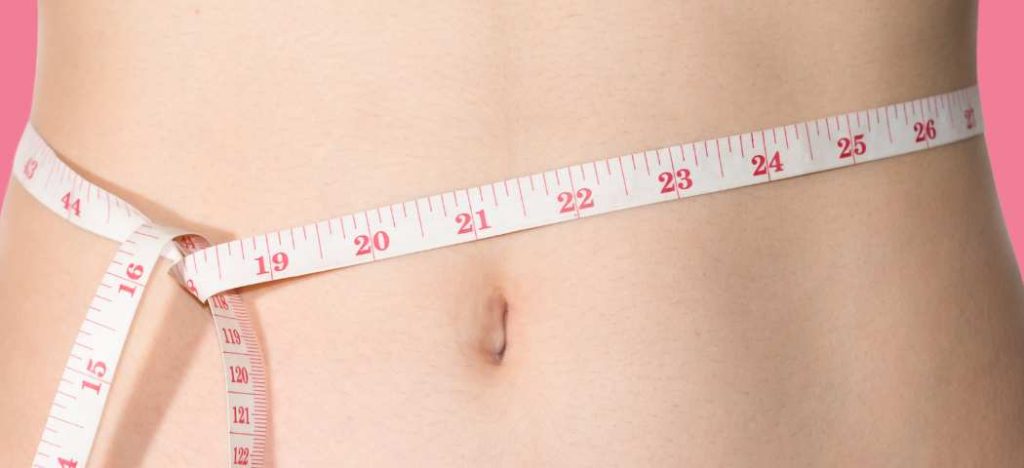
When it comes to assessing health and fitness, most people are familiar with the concept of Body Mass Index (BMI). However, there’s another important measurement that often flies under the radar but can be just as important: waist circumference. In this article, we’ll discuss why your waist circumference matters to your health and why it’s an essential indicator for weight management and overall well-being.
Understanding Waist Circumference
Waist circumference is a simple measurement that indicates the size of your waistline. It’s typically measured at the midpoint between the lower margin of the last palpable rib and the top of the iliac crest (hip bone). Unlike BMI, which calculates weight relative to height, waist circumference provides a direct measure of abdominal fat accumulation.
The Relationship Between Waist Circumference and Health
Research has shown that excess abdominal fat, often referred to as visceral fat, is associated with an increased risk of various health conditions, including:
- Cardiovascular Disease: High levels of abdominal fat have been linked to an increased risk of heart disease, stroke, and other cardiovascular conditions. This is because visceral fat can release inflammatory substances that contribute to the development of plaque in the arteries, leading to arterial stiffness and reduced blood flow.
- Type 2 Diabetes: Abdominal fat accumulation is a significant risk factor for insulin resistance and type 2 diabetes. Excess visceral fat can interfere with insulin sensitivity, leading to elevated blood sugar levels and an increased risk of developing diabetes.
- Metabolic Syndrome: Metabolic syndrome is a cluster of conditions, including high blood pressure, high blood sugar, abnormal cholesterol levels, and excess abdominal fat that increase the risk of heart disease, stroke, and type 2 diabetes. Waist circumference is one of the criteria used to diagnose metabolic syndrome.
Is BMI Accurate?
While BMI is widely used as a screening tool for assessing weight status, it has limitations, particularly when it comes to individuals with higher muscle mass or different body compositions. BMI does not differentiate between fat mass and muscle mass, which means that individuals with a high muscle-to-fat ratio may be classified as overweight or obese based on BMI alone, even if they have a healthy level of body fat.
Waist Circumference vs. BMI
Unlike BMI, which provides a general estimate of weight status, waist circumference specifically targets abdominal fat accumulation, which is a better predictor of health risks associated with obesity. Even individuals with a normal BMI may have an increased risk of health problems if they have excess abdominal fat.
How to Measure Your Waist Circumference
Measuring your waist circumference is simple and can be done at home using a measuring tape. Follow these steps:
- Stand up straight and breathe normally.
- Locate the midpoint between the bottom of your rib cage and the top of your hip bone.
- Wrap the measuring tape around your waist at this point, making sure it’s snug but not too tight.
- Record the measurement in inches or centimeters.
Interpreting Your Results
Generally, a waist circumference of more than 35 inches (88 cm) for women and more than 40 inches (102 cm) for men is considered high risk for health complications. However, optimal waist circumference may vary depending on factors such as age, ethnicity, and body composition.
In conclusion, your waist circumference is an important measurement that provides valuable insights into your health and risk of developing obesity-related conditions. While BMI is a useful tool for assessing weight status, waist circumference offers a more targeted approach to evaluating abdominal fat accumulation, which is a significant contributor to health risks associated with obesity. By maintaining a healthy waist circumference through lifestyle modifications such as regular exercise, a balanced diet, and stress management, you can reduce your risk of developing chronic diseases and improve your overall well-being. Remember, it’s not just about the number on the scale but also about where your weight is distributed on your body. So, pay attention to your waistline—it could be telling you more than you think about your health.
Discover effective and safe ways of addressing visceral fat when you book a FREE consultation with Marie France today!








